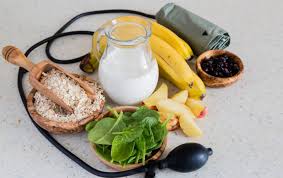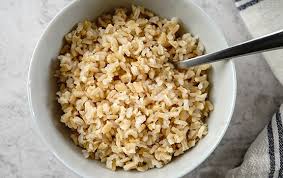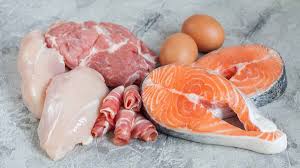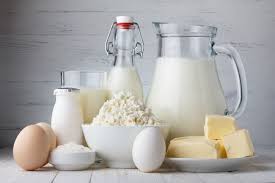Physical Address
304 North Cardinal St.
Dorchester Center, MA 02124
Physical Address
304 North Cardinal St.
Dorchester Center, MA 02124
These foods have abilities in helping to lower high blood pressure – which affects about 1 in 4 adults in the UK and can lead to life-threatening complications if left untreated

Blood pressure management can be significantly improved through strategic dietary decisions. Research confirms that specific food groups—particularly fruits, vegetables, and whole grains—offer powerful natural approaches to controlling hypertension.
Hypertension occurs when blood circulates through your arteries at higher-than-normal pressure levels. These arteries, naturally elastic vessels that transport blood from your heart throughout your body, gradually lose their flexibility when consistently exposed to high pressure. This stiffening and narrowing creates favorable conditions for fatty deposits to accumulate, potentially damaging arterial walls.
When left unaddressed, elevated blood pressure can trigger severe health complications including heart attacks, strokes, kidney dysfunction, heart failure, vascular dementia, and vision impairment. Several factors influence your hypertension risk, including age, family history, ethnicity, dietary habits, excess weight, alcohol consumption, and tobacco use.

Beetroot juice presents a powerful natural intervention for hypertension management due to its concentrated nitrate content, according to information from the British Heart Foundation. Clinical research conducted at Queen Mary University demonstrated remarkable results: hypertensive participants who consumed just 250ml of beetroot juice daily achieved normalization of their blood pressure readings by the study’s conclusion.
This beneficial nitrate profile isn’t exclusive to beetroot – similar compounds appear in various plant foods including spinach, celery, kale, bananas, and strawberries. Health experts at the British Heart Foundation recommend incorporating five diverse portions of fruits and vegetables into your daily diet, emphasizing variety in color to maximize nutritional benefits and support cardiovascular health.

Nutritionally superior to their processed counterparts, whole grains such as brown rice, wholemeal bread, and oats deliver substantially higher concentrations of essential nutrients and dietary fiber compared to refined carbohydrates like white bread, pasta, and rice. Harvard Health research highlights brown rice specifically for its impressive nutritional profile, which includes vital B-complex vitamins alongside minerals such as magnesium, potassium, and iron. This nutrient combination offers dual benefits for hypertension management: improved blood glucose regulation and enhanced weight management capabilities – both critical factors in maintaining healthy blood pressure levels.

Protein sources with minimal fat content—including poultry (chicken and turkey), fish, eggs, and legumes—deliver superior satiety with fewer calories compared to their higher-fat alternatives. The British Heart Foundation notes this satiety factor makes these options particularly valuable for weight management strategies, which directly contributes to blood pressure reduction. Maintaining healthy weight through these protein choices represents a practical dietary approach to hypertension control.

Dairy products offer unique cardiovascular advantages when incorporated into a balanced nutritional plan, according to British Heart Foundation research. Their complex nutritional matrix—particularly their calcium content—has demonstrated significant blood pressure-lowering effects in clinical studies. Opting for reduced-fat varieties such as semi-skimmed milk and low-fat natural yogurt provides these hypertension-fighting benefits while minimizing saturated fat intake, creating an optimal balance of nutritional value and cardiovascular protection.
TO READ MORE, OPEN THE LINK BELOW:
https://www.getsurrey.co.uk/lifestyle/four-foods-can-help-slash-31267926